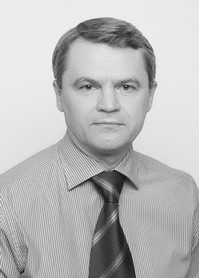Features of building a yearly training session for kickboxers
Keywords:
kickboxing, annual cycle, sports training.Abstract
Objective of the study was to identify features in the structure and content of the annual training cycle of kickboxers,
taking into account the patterns of acquisition, preservation and temporary loss of sports form.
Methods and structure of the study. Based on the systematic control of training loads, data were collected on the
construction of a one-year training session for kickboxers aged 17-18 (n=20) of the youth kickboxing team of the Republic
of Bashkortostan. In the study for accounting, analysis and planning of physical activity, the technique of A.V. Chernyak,
G.I. Mokeeva, Yu.B. Nikiforov. The duration and intensity in the groups of exercises performed in the course of a one-year
training session, as well as the nature of the distribution of the load volume by intensity zones, the features of planning the
load parameters in classes, cycles, and stages were evaluated.
Results and conclusions. When studying the influence of training loads on the effectiveness of training junior kickbox-
ers in the annual training cycle, it was found that it is advisable to manage the process of preparing for the main competitions
on the basis of two macrocycles. When planning a two-cycle annual training, it is necessary to take into account the factors
that affect the effectiveness of training: indicators of the total load of the annual cycle, the nature of the distribution of load
parameters over the stages of the annual cycle, groups of exercises and intensity zones.

Additional Files
Published
Versions
- 07-04-2022 (2)
- 05-04-2022 (1)

